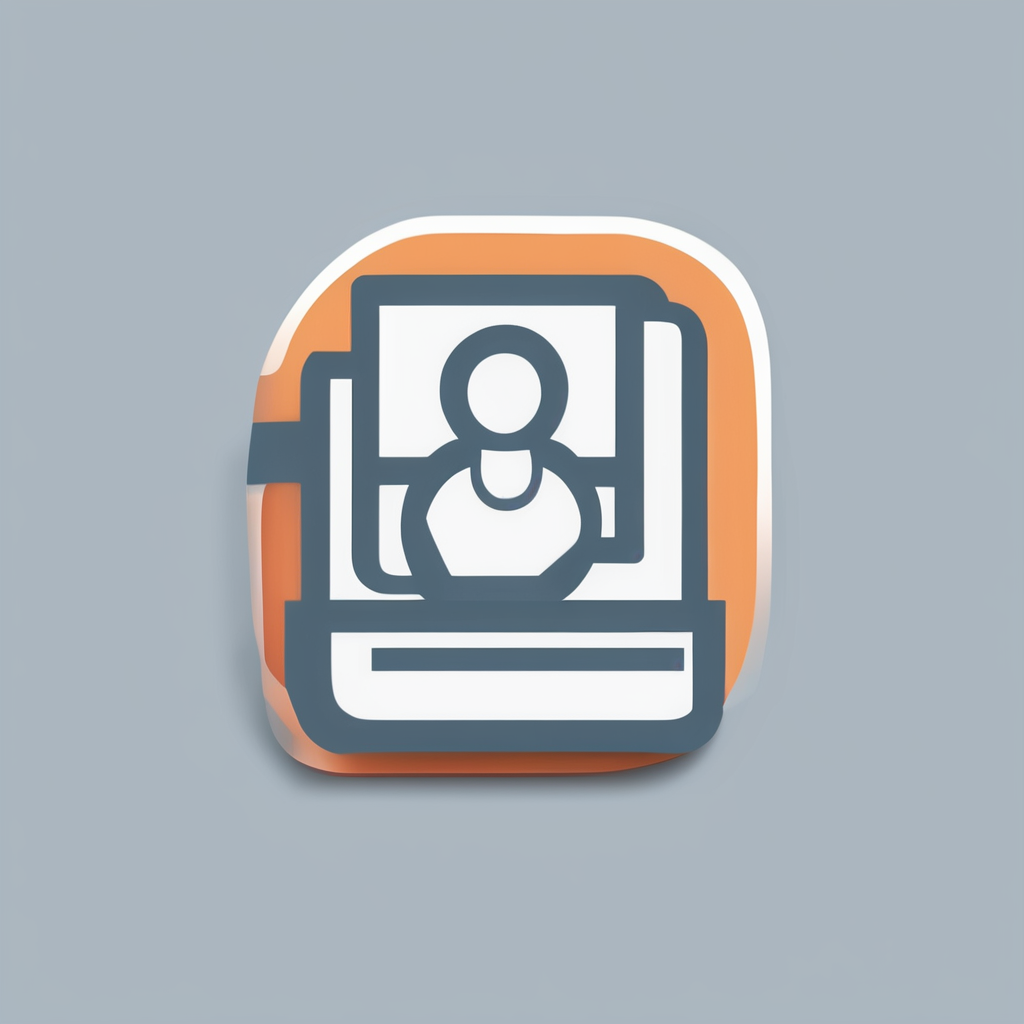Top Strategies for Effectively Tracking Blood Sugar Levels in Children Living with Diabetes
Managing diabetes in children is a complex and ongoing process that requires careful attention to blood sugar levels. Here are some top strategies to help you and your child navigate this challenging but manageable condition.
Understanding the Basics of Diabetes Management
Before diving into the specifics of tracking blood sugar levels, it’s crucial to understand the fundamentals of diabetes management. For children with Type 1 diabetes, insulin therapy is essential, as their bodies do not produce insulin naturally.
In the same genre : Essential Nutrients Every Vegan Should Track to Prevent Deficiencies: A Comprehensive Guide
Key Components of Diabetes Management
- Insulin Therapy: Administering insulin is vital for regulating blood glucose levels. Parents and caregivers must learn how to administer insulin correctly and understand how different types of insulin work.
- Healthy Eating: A balanced diet is critical. Working with a healthcare provider or nutritionist to create a meal plan that includes fruits, vegetables, whole grains, and lean proteins can help manage blood sugar levels effectively.
- Physical Activity: Regular physical activity helps maintain a healthy weight and improves insulin sensitivity. Activities like sports, dance, or family walks are beneficial and enjoyable.
Blood Glucose Monitoring: The Core of Diabetes Management
Monitoring blood glucose levels is an integral part of managing diabetes. Here are the primary methods used:
Using a Glucose Meter
A glucose meter is a traditional tool for checking blood sugar levels. Here’s how it works:
This might interest you : Unveiling the Best Natural Supplements to Boost Your Libido Effectively
- Frequency of Checks: Children should check their blood sugar levels at least four times a day, including before meals and at bedtime.
- Procedure: A small drop of blood is placed on a test strip, which is then inserted into the glucose meter to get a reading.
- Importance: Regular checks help in adjusting insulin doses, meal plans, and physical activity to maintain optimal blood glucose levels.
Continuous Glucose Monitoring (CGM)
CGM systems have become the standard of care in diabetes management, especially for children with Type 1 diabetes.
- How it Works: CGMs measure glucose levels every few minutes and transmit the data to a receiver or smartphone app. These devices can alarm for hypoglycemia or hyperglycemia and provide trends to anticipate future glucose levels.
- Benefits: CGMs offer real-time data, reducing the risk of severe hypoglycemia and hypoglycemia unawareness. They also provide peace of mind for parents, as they can monitor their child’s glucose levels remotely.
Creating a Comprehensive Diabetes Action Plan for School
For children with diabetes, managing their condition at school is crucial. Here’s how to create a comprehensive plan:
Key Elements of a School Diabetes Action Plan
- Detailed Forms: Complete diabetes school care forms with the pediatric diabetes team. These forms include medication timing, carbohydrate goals, treatment for high and low blood sugar, and emergency contact numbers.
- Medical Supplies: Ensure the school has extra diabetes supplies, such as glucose meters, insulin pumps, and quick-acting carbohydrates.
- Teacher and Staff Education: Educate teachers and school staff about the child’s diabetes, including how to use digital devices like insulin pumps and CGMs, and how to treat high and low blood sugar episodes.
Preparing for Blood Sugar Changes
School environments can be unpredictable, and blood sugar levels can fluctuate due to various factors.
Factors Affecting Blood Sugar Levels
- Activity Levels: Increased physical activity can lower blood sugar levels, while reduced activity can raise them.
- Eating Times: Changes in meal times and nutritional content can impact blood glucose levels.
- Stress: Stress at school can also affect blood sugar levels.
Practical Tips for Managing Blood Sugar Changes
- Quick-Acting Carbohydrates: Keep quick-acting carbohydrates like juice packs, hard candy, or gummy candy available in case of low blood sugar.
- Advance Meal Planning: Obtain school menus in advance to plan meals and snacks accordingly.
- Communication with School Staff: Inform the physical education team about how exercise might impact blood sugar levels and plan accordingly.
The Role of Continuous Glucose Monitoring in School
CGM technology can be particularly beneficial for children with diabetes in a school setting.
Real-Time Monitoring
- Remote Monitoring: Parents can monitor their child’s glucose levels remotely through apps like the Dexcom Follow app, providing real-time data and alerts for high or low glucose levels.
- Trend Analysis: CGMs provide trend data, helping parents and children anticipate future glucose levels and adjust treatment plans accordingly.
Parental Peace of Mind
- Cara Van Brocklin’s Experience: “I would be terrified to send them to school without it,” says Cara Van Brocklin, a mother of two boys with Type 1 diabetes. “The Dexcom CGM and Follow app help us monitor their glucose levels throughout the night, at school, and even at practice. It will literally change your life and their life.”
Educating Children to Self-Advocate
Empowering children to manage their diabetes independently is crucial for their long-term health and well-being.
Importance of Self-Advocacy
- Awareness and Education: Children should learn to recognize the signs and symptoms of high and low blood sugar and how to treat them. They should also understand how to use their diabetes devices and how to communicate their needs to teachers and classmates.
- Confidence in Management: Self-advocacy helps children feel more confident in managing their diabetes, reducing anxiety and frustration related to their condition.
Practical Tips for Self-Advocacy
- Sharing Information: Children should share information about their diabetes with teachers and classmates, including how to recognize and treat high and low blood sugar episodes.
- Using Resources: Utilize resources like the American Diabetes Association’s diabetes training for school staff to ensure everyone is informed and supportive.
Emotional Support and Health Care Team Collaboration
Managing diabetes is not just about physical health but also emotional well-being.
Importance of Emotional Support
- Anxiety and Frustration: Children with diabetes may face emotional challenges. Providing emotional support and fostering open communication about their feelings can help them cope better.
- Health Care Team: Regular visits with the endocrinologist, diabetes educator, nurse practitioner, dietitian, and mental health professionals ensure comprehensive care and support.
Collaborative Care
- Thorough Assessments: Healthcare providers should conduct thorough assessments and consider diabetes in their differential diagnosis when children present with common symptoms like fatigue or increased thirst.
- Open Communication: Healthcare providers should create an open environment where parents feel comfortable discussing any concerns about their child’s health.
Table: Comparing Glucose Meters and Continuous Glucose Monitors
| Feature | Glucose Meter | Continuous Glucose Monitor (CGM) |
|---|---|---|
| Frequency of Checks | At least 4 times a day | Every few minutes |
| Real-Time Data | No | Yes |
| Trend Analysis | No | Yes |
| Remote Monitoring | No | Yes, through apps |
| Alerts for High/Low Blood Sugar | No | Yes |
| Ease of Use | Requires manual checks | Automated, with minimal manual intervention |
| Cost | Generally less expensive | More expensive, but often covered by insurance |
Managing blood sugar levels in children with diabetes is a multifaceted task that requires a combination of traditional glucose meters, advanced CGM technology, comprehensive school plans, and strong emotional support. By understanding the basics of diabetes management, leveraging the latest monitoring technologies, and fostering a supportive environment, you can help your child live a healthy and active life despite their condition.
Final Thoughts from Experts
- Angela Ginn-Meadow: “The first thing parents should do is make sure their diabetes school care forms are completed by the pediatric diabetes team. These detailed forms provide guidance for the school nurse or supervising adult to provide directions for medication timing and doses.”
- Kacie Doyle-Delgado: “CGM helps you to make those decisions with so much more confidence, because you can see where you’re at right now, and then where you’re heading with those arrow trends.”
By following these strategies and staying informed, you can help your child navigate the complexities of diabetes management with confidence and ease.











